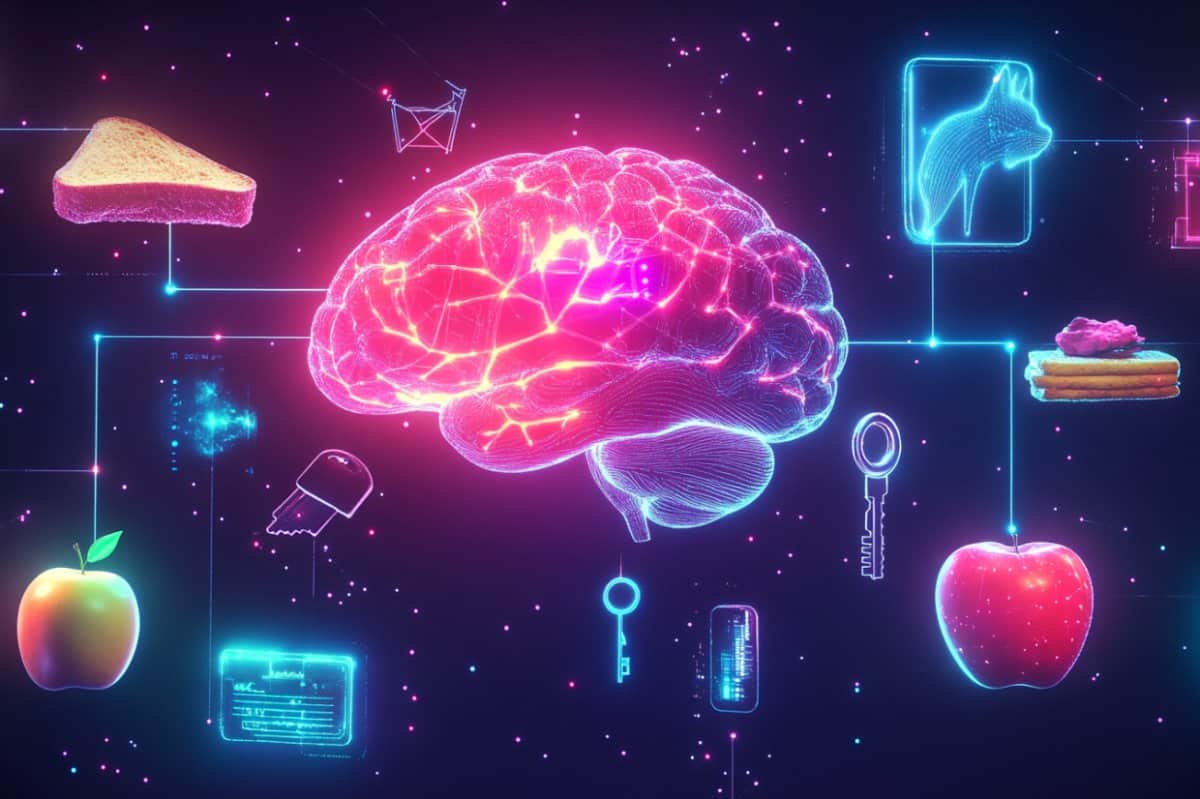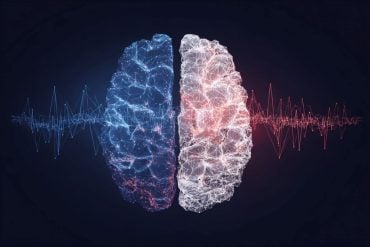Summary: In a breakthrough study, researchers enabled brain-computer interface (BCI) users with tetraplegia to create personalized tactile sensations, marking a step toward restoring realistic touch. Unlike previous attempts where artificial touch felt generic, participants could adjust stimulation parameters to make digital objects—like a cat, apple, or key—feel distinct.
Participants described vivid and unique sensations and could correctly identify objects by touch alone better than chance. This research highlights how customizable sensory feedback can make neuroprosthetics more intuitive, personal, and ultimately more functional in everyday life.
Key Facts:
- Custom Touch: BCI users tailored stimulation to create distinct sensations for objects.
- Realistic Feel: Participants described rich, meaningful sensations like “warm and tappy” or “smooth and silky.”
- Towards Intuitive Neuroprosthetics: Findings bring science closer to artificial limbs that feel integrated and natural.
Source: University of Pittsburgh
University of Pittsburgh School of Medicine scientists are one step closer to developing a brain-computer interface, or BCI, that allows people with tetraplegia to restore their lost sense of touch.
While exploring a digitally represented object through their artificially created sense of touch, users described the warm fur of a purring cat, the smooth rigid surface of a door key and cool roundness of an apple.

This research, a collaboration between Pitt and the University of Chicago, was published today in Nature Communications.
In contrast to earlier experiments where artificial touch often felt like indistinct buzzing or tingling and didn’t vary from object to object, scientists gave BCI users control over the details of the electrical stimulation that creates tactile sensations, rather than making those decisions themselves.
This key innovation allowed participants to recreate a sense of touch that felt intuitive to them.
“Touch is an important part of non-verbal social communication; it is a sensation that is personal and that carries a lot of meaning,” said lead author Ceci Verbaarschot, Ph.D., assistant professor of neurological surgery and biomedical engineering at the University of Texas-Southwestern and a former postdoctoral fellow at Pitt Rehab Neural Engineering Labs.
“Designing their own sensations allows BCI users to make interactions with objects feel more realistic and meaningful, which gets us closer to creating a neuroprosthetic that feels pleasant and intuitive to use.”
A brain-computer interface is a system that converts brain activity into signals that could replace, restore or improve body functions that are typically controlled by the brain, such as muscle movement.
A BCI can also be used to repair damaged feedback from the body and restore lost sensations by directly stimulating the brain.
Over the last decade of research, Pitt scientists helped a paralyzed man to experience the sensation of touch through a mind-controlled robotic arm and showed that this artificial sense of touch made moving the robotic arm more efficient.
Still, those tactile sensations were imperfect and stayed similar between objects that had different texture or temperature: shaking someone’s hand felt the same as lifting a solid, hard rock.
Now, researchers are closer to their goal of creating an intuitive sense of touch.
In the new study, BCI users were able to design distinct tactile experiences for different objects displayed on a computer screen, and could guess the object just by sensation alone, though imperfectly.
Searching for the perfect touch resembled a game of “hot and cold” in a dark room of infinite tactile sensations. Scientists asked study participants, all of whom lost sensation in their hands because of a spinal cord injury, to find a combination of stimulation parameters that felt like petting a cat or touching an apple, key, towel or toast – while exploring an object presented to them digitally.
All three study participants described objects in rich and vivid terms that made logical sense but were also unique and subjective: to one participant, a cat felt warm and “tappy;” to another – smooth and silky.
When the image was taken away and participants had to rely on stimulation alone, they were able to correctly identify one of five objects 35% of the time: better than chance but far from perfect.
“We designed this study to shoot for the moon and made it into orbit,” said senior author of the study Robert Gaunt, Ph.D., associate professor of physical medicine and rehabilitation at Pitt.
“Participants had a really hard task of distinguishing between objects by tactile sensation alone and they were quite successful at it. Even when they made mistakes, those mistakes were predictable: it’s harder to tell apart a cat and a towel since both are soft, but they were less likely to confuse a cat for a key.”
The study represents an important step towards invoking accurate sensation of touch on a person’s paralyzed hand and creating an artificial limb that seamlessly integrates into a person’s unique sensory world.
Other authors of this research are Vahagn Karapetyan, M.D., Ph.D., and Michael Boninger, M.D., both of Pitt; Charles Greenspon, Ph.D., and Sliman Bensmaia, Ph.D., both of the University of Chicago; and Bettina Sorger, Ph.D., of Maastricht University.
Funding: This research was supported by the National Institute for Neurological Disorders and Stroke (UH3 NS107714) and the Dutch Research Council (NWO Rubicon: 19.193SG.011, NWO Vidi: VI.Vidi.191.210).
About this neurotech and BCI research news
Author: Anastasia (Ana) Gorelova
Source: University of Pittsburgh
Contact: Anastasia (Ana) Gorelova – University of Pittsburgh
Image: The image is credited to Neuroscience News
Original Research: Open access.
“Conveying tactile object characteristics through customized intracortical microstimulation of the human somatosensory cortex” by Ceci Verbaarschot et al. Nature Communications
Abstract
Conveying tactile object characteristics through customized intracortical microstimulation of the human somatosensory cortex
Microstimulation of the somatosensory cortex can evoke tactile percepts in people with spinal cord injury, providing a means to restore touch.
While location and intensity can be reliably conveyed, two issues that prevent creating more complex naturalistic sensations are a lack of methods to effectively scan the large stimulus parameter space and difficulties with assessing percept quality.
Here, we address both challenges with an experimental paradigm that enables three male individuals with tetraplegia to control their stimulation parameters in a blinded fashion to create sensations for different virtual objects.
Using this method, participants can reliably create object-specific sensations and report vivid object-appropriate characteristics.
Moreover, both linear classifiers and participants can match stimulus profiles with their respective objects significantly above chance without any visual cues.
Confusion between two sensations increases as the associated objects share more tactile characteristics.
We conclude that while visual information contributes to the experience of the artificially evoked sensations, microstimulation in the somatosensory cortex itself can evoke intuitive percepts with a variety of tactile properties.
This self-guided stimulation approach may be used to effectively characterize percepts from future stimulation paradigms.







